Play Games and Earn LUCK.

Play Games and Earn LUCK.

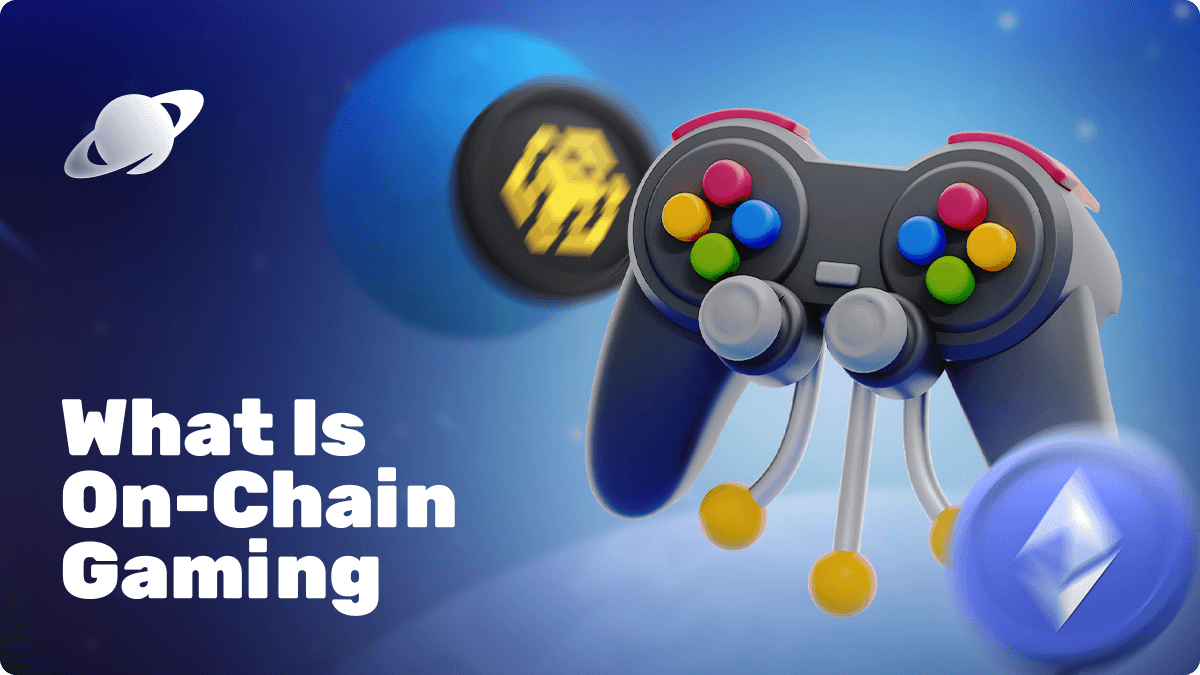
Forget centralized servers! On-chain gaming is taking the industry by storm, harnessing the power of blockchain technology to create a new era of gameplay. Major industry players and a rapidly growing community of pioneers are discovering the transformative potential of fully on-chain games. In on-chain gaming, every move you make and every item you own is secure, transparent, and immutable. In this blog post, we dive deep into the world of on-chain gaming: what it is, the challenges it faces, and how it's revolutionizing the future of play. Are you ready to join the next generation of gaming? Read on to learn more!
Blockchain games are becoming a popular and improved way to attract and engage players. Big gaming companies like Square Enix, Nexon, and Ubisoft are exploring this new technology. However, it's essential to understand that blockchains may not be perfect for all types of games (more on this below). For example, most first-person shooter (FPS) games struggle to run on blockchains because they need very fast processing speeds to handle quick player reactions.
Because of these challenges, most blockchain games only use the technology for specific parts of their systems, especially for managing digital assets like in-game items and currencies. However, there is a small but growing community of web3-native developers and players who are creating and enjoying games entirely built on blockchains. These are known as "fully on-chain games."
On-chain gaming is a new and expanding world of games and NFT elements that run entirely on blockchains. This means that everything about the game, except the front end (the part players see and interact with), operates solely through blockchain technology.
The key difference between an on-chain game and a traditional blockchain game is that in an on-chain game, the game logic is directly integrated into smart contracts, and the game state (like player names and ranks) is stored on the blockchain. This contrasts with traditional blockchain games that rely on centralized servers to handle most of the game processes, connecting only with an NFT smart contract for certain functions. For a game or game-like experience to be considered an on-chain game, all its logic and data must be stored on-chain.
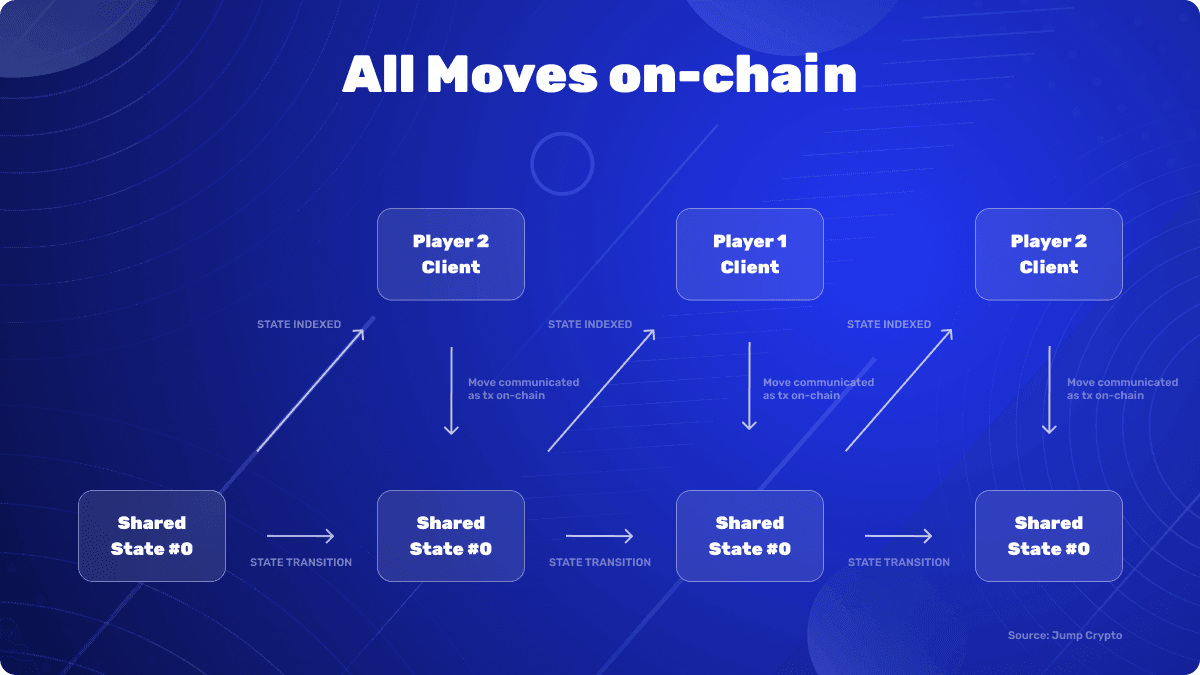
On-chain gaming relies on smart contracts, which are self-executing contracts with the terms directly written into code managed by blockchains, to store their game logic and data. Here’s a simplified breakdown:
Game Logic: The rules and mechanics of the game (like how matches start, progress, and end) are coded into smart contracts.
Digital Assets: Items, characters, or currencies in the game are represented as NFTs (Non-Fungible Tokens) or other blockchain assets.
Player Actions: Every action a player takes is recorded on the blockchain, ensuring transparency and security.
Traditional Blockchain Games vs. On-Chain Games:
Traditional Blockchain Games utilize blockchain technology mainly for specific aspects like managing digital assets (e.g., in-game items and currencies) while the core gameplay still runs on traditional servers.
On-Chain Games: All aspects of the game (except the user interface) run on the blockchain. This means all player actions, game logic, and data are stored on-chain.

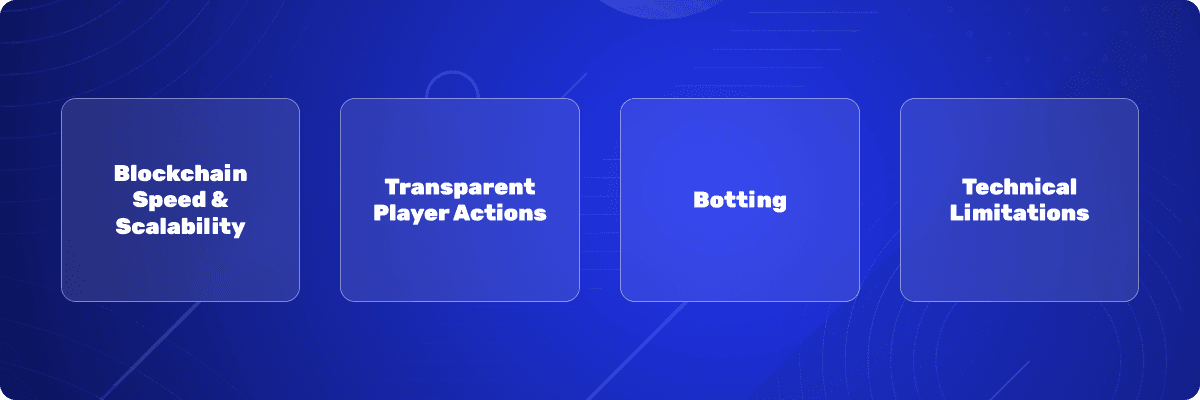
Despite its innovative potential, on-chain gaming comes with several significant challenges that developers and players must navigate. These include:
Blockchains operate as shared global computers managed by thousands of participants worldwide. This decentralized nature, while enhancing security and transparency, results in slower transaction speeds and limited scalability. These technical constraints make it difficult to develop fast-paced games like MOBA (Multiplayer Online Battle Arena), FPS (First-Person Shooter), or RTS (Real-Time Strategy) on the blockchain. Currently, on-chain gaming is mostly restricted to turn-based games such as Trading Card Games (TCGs) or strategy games, where the slower pace is less of an issue.
One of the core features of blockchain technology is its transparency—every transaction is publicly visible. While this is beneficial for financial transparency, it poses challenges for game design, particularly in games that rely on hidden information. For instance, mechanics like the "fog of war" in MOBA or RTS games, which require players to have incomplete information about the game state, are difficult to implement. Though some technical solutions exist, they are not yet scalable for widespread use in on-chain games.
The decentralized and transparent nature of blockchain games means there is no central authority to enforce anti-cheating measures. This makes it easier for bots to participate alongside human players, potentially disrupting the gaming experience. The incentive for botting is particularly high in games where NFTs and rare digital assets can be won as prizes, making it a significant issue that developers must address.
Blockchains and smart contracts are designed with stringent security measures, which limit their capabilities in certain areas essential for gaming. Two key limitations are:
Tamper-Proof Randomness: Generating secure random numbers on-chain is challenging because validators (or miners) can potentially manipulate the outcome. Most on-chain games require randomness for various game mechanics, making this a critical hurdle.
Automating Game Logic: Many game actions require automation to streamline gameplay, such as automatically harvesting resources. However, blockchains do not natively support automated function calls in smart contracts. This means additional steps and solutions are needed to reduce tedious manual gameplay.
These challenges highlight the technical and practical hurdles that must be overcome for on-chain gaming to reach its full potential. Despite these obstacles, the innovative possibilities and benefits continue to drive interest and development in the field.
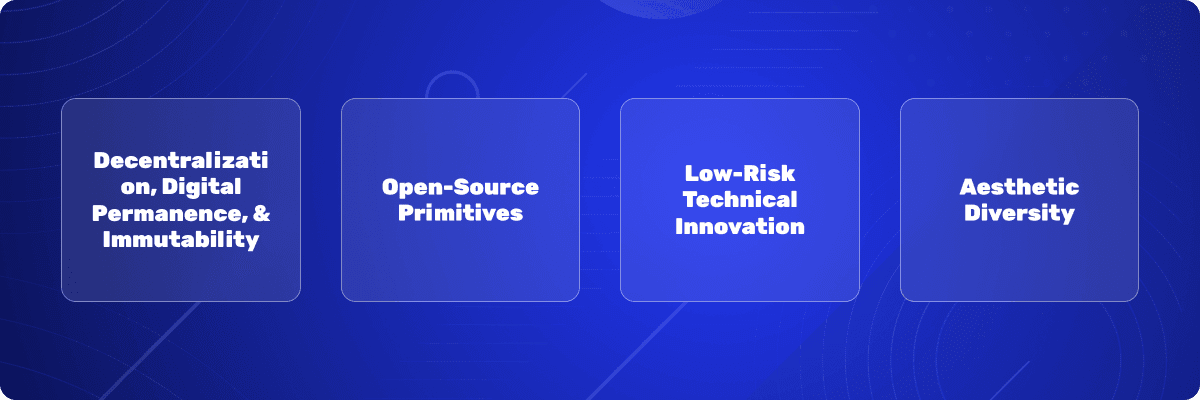
Despite the hurdles, on-chain gaming offers unique advantages:
A key advantage of fully on-chain games is their ability to function autonomously once deployed. Blockchains are incredibly resilient, remaining online as long as there are validators to maintain the network. This grants on-chain games a digital permanence that traditional games cannot match.
For instance, if a blockchain remains operational for centuries, the games built on it will also persist, ensuring that the game logic and data are preserved indefinitely. This permanence means that future generations could play the same games, maintaining their original integrity and functionality. The immutable nature of blockchain also ensures that game rules and states cannot be altered maliciously, protecting the authenticity of the gaming experience.
On-chain gaming ecosystems allow games to be fully on-chain, enabling players and developers to reuse game logic to create new types of games. This means that the core rules and mechanics of a game can be repurposed, adapted, and expanded upon without starting from scratch. Developers can build new interfaces to display the game in different visual styles, and create applications to enhance gameplay, making it easier, more accessible, or more entertaining.
In this way, on-chain games act as game primitives, much like the classic tabletop role-playing game Dungeons & Dragons (DnD). With a fixed set of rules, players can continuously build upon the game, creating endless variations and experiences. This open-source nature encourages innovation and creativity within the gaming community, fostering a collaborative environment where game evolution is limitless.
On-chain games provide a relatively low-risk environment for testing and implementing advanced technologies. The adversarial nature of blockchain environments, where security and value are paramount, makes it challenging to experiment with new tech in high-stakes applications like decentralized finance (DeFi).
On-chain games, however, offer a safer playground for researchers and developers to experiment with cutting-edge technologies such as zero-knowledge proofs and homomorphic encryption. These innovations can be tested and refined within the gaming context before being applied to more critical sectors. This approach accelerates technological advancements while minimizing potential risks.
Blockchains and smart contracts primarily operate as backend technologies, processing game logic and data without a predetermined visual representation. This separation allows developers and tech-savvy players to create diverse frontends, or user interfaces, that connect to the underlying smart contracts.
As a result, a single on-chain game can have multiple visual representations. For example, one player might experience the game in a medieval fantasy setting, while another could play the same game in a futuristic space theme. This flexibility promotes aesthetic diversity, enabling personalized gaming experiences that cater to different tastes and preferences.
HunterCoin (2013): Often considered the first on-chain game, it allowed players to perform actions like moving and attacking, all recorded on its own blockchain.
Dark Forest: A more recent example, this real-time strategy (RTS) game uses zero-knowledge proofs to keep parts of the game state hidden, enhancing strategic gameplay.
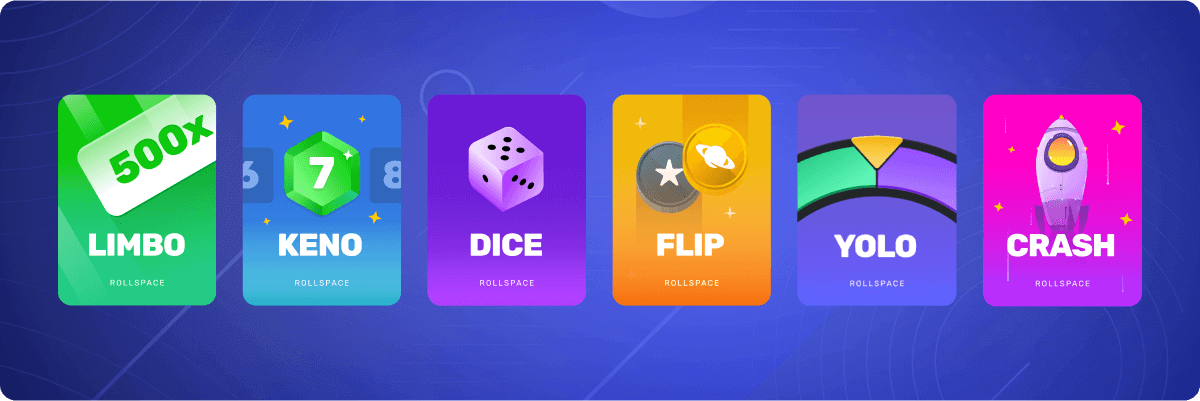
Rollspace is at the forefront of on-chain gaming, pioneering the integration of blockchain technology into a variety of play-to-earn games. Our innovative approach offers players the chance to engage in games like Limbo, Keno, Plinko, Dice, Coin Flip, Crash, and YOLO, all while earning cryptocurrency completely on-chain.
Rollspace prioritizes user privacy and security, requiring players only to connect their Web3 wallets to start gaming. This straightforward and secure onboarding process ensures that players can dive into the games without compromising their personal information.
A standout feature of Rollspace is its player versus player (PvP) modes. Unlike traditional blockchain games where players compete against algorithms, Rollspace's PvP modes allow players to challenge real opponents. This not only enhances the excitement and competitiveness of the games but also ensures a fairer gaming experience.
Driving the future of on-chain gaming, Rollspace is built on multiple blockchains, including BNB Chain, Blast L2, Base, and the newly added MODE Network. This multi-chain approach offers users greater flexibility and more opportunities to earn cryptocurrency such as Ethereum (ETH) and Binance Coin (BNB) while playing.
By leveraging the strengths of various blockchains, Rollspace provides a robust and versatile platform that showcases the potential of fully decentralized gaming.
While still a niche within the broader Web3 ecosystem, on-chain gaming is driven by a passionate community of developers and players. These innovators are continually exploring what’s possible when games fully leverage blockchain technology. On-chain gaming platforms such as Rollspace are at the forefront of this movement, offering a glimpse into the future of fully decentralized gaming experiences.
By understanding the potential and challenges of on-chain gaming, we can better appreciate the transformative power of blockchain in the gaming industry.